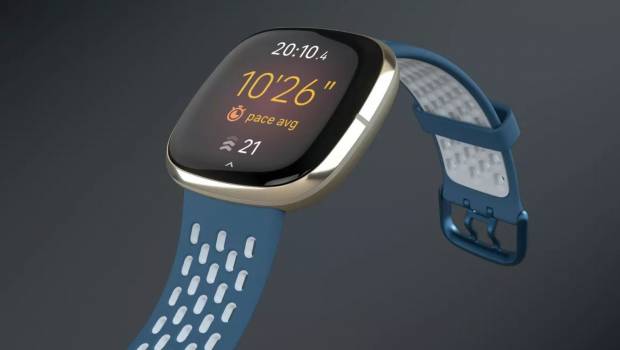Fitbit extends free access to Health Metrics Dashboard
Fitbit is extending free access to view your trends from the past week in the Health Metrics dashboard* to all Versa 2, Inspire 2 and Charge 4 users, helping them to keep a closer eye on their health and wellbeing. This follows the roll-out of the dashboard last year to Sense and Versa 3 users.
Coming soon, all Fitbit Premium members will be able to see their personal ranges within the Health Metrics dashboard, helping you easily see fluctuations from your typical range for each metric.
Additionally, all Fitbit Charge 4 users will soon receive an update for their device allowing them to see SpO2 readings on-wrist for free, as well as their SpO2 and skin temperature data in the Health Metrics dashboard.
Fitbit’s Health Metrics dashboard
- What is it? The Health Metrics dashboard is a new tool on the Fitbit app that helps you keep a closer eye on your health and wellbeing. The dashboard provides access to track metrics like heart rate variability, breathing rate, oxygen saturation (SpO2), and skin temperature variation. Sense, Versa 3, Versa 2, Inspire 2 and Charge 4 users will be able to see their 7-day trends for free, while all Premium members with compatible devices can use the tool to track their 7-day and 30-day trends and personal ranges for each metric.
- What is it? All Sense, Versa 3, Versa 2, Inspire 2 and Charge 4 users in eligible countries* will now be able to see Health Metrics as a new tile on the today dashboard in their Fitbit app. If you do not see it on your dashboard, select “edit” and add the tile from the bottom of the page.
- What does each metric mean?
- Breathing rate (average breaths per minute): Significant changes in your trends can help you understand your wellness. A lower breathing rate can be linked to good cardiovascular health, while short-term increases may indicate your body is under stress.
- Heart rate variability (HRV) (variation of time between each heartbeat): A major decrease in HRV can help you understand if your body is showing potential signs of stress, illness or fatigue.
- Oxygen saturation (SpO2) (level of oxygen in your blood): Keep an eye on your SpO2 to notice your trends and how they may connect to your other habits as multiple factors can contribute to changes (including altitude, caffeine, respiratory issues, weight lifting, running).
- Skin temperature variation: See how your skin temperature varies to help you uncover changes to your wellbeing. Factors that may cause skin temperature to vary nightly include changes in room temperature, bedding, circadian rhythm, menstrual cycle or the onset of a fever or illness. If you notice significant variations, you may want to consider taking and logging your core temperature.
- Resting heart rate (RHR) (important indicator of cardiovascular health, fitness level, sleep quality and recovery): Increases in your RHR could be due to stress, illness, fatigue, or the consumption of alcohol or caffeine. Exercise, meditation and changes in diet can lower your resting heart rate. (RHR is also available for free in the Heart Rate tile of the Fitbit app.)
- Why are these metrics important? Tacking each of these metrics together and over time can help you better understand how it’s all connected to your long-term health and wellness journey and serve as a potential early warning system for signals of illness.
- How can these metrics help in the fight against COVID-19? Findings from our COVID-19 study show that breathing rate, resting heart rate and heart rate variability (HRV) are all useful metrics for indicating onset of illness, making wearables a key tool in the fight against COVID-19, as it’s clear that our bodies may signal impact from the disease before more noticeable symptoms appear. With these initial signals identified, Fitbit is continuing its work in validating an algorithm to detect diseases like COVID-19 and its focus on expanded research in real-world environments, including planning a prospective clinical trial with Northwell Health.







